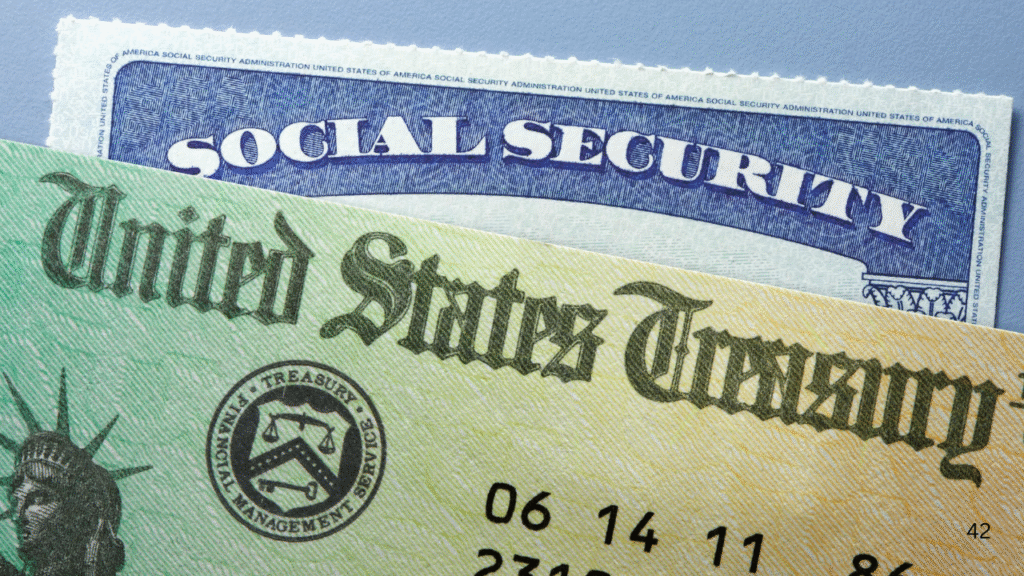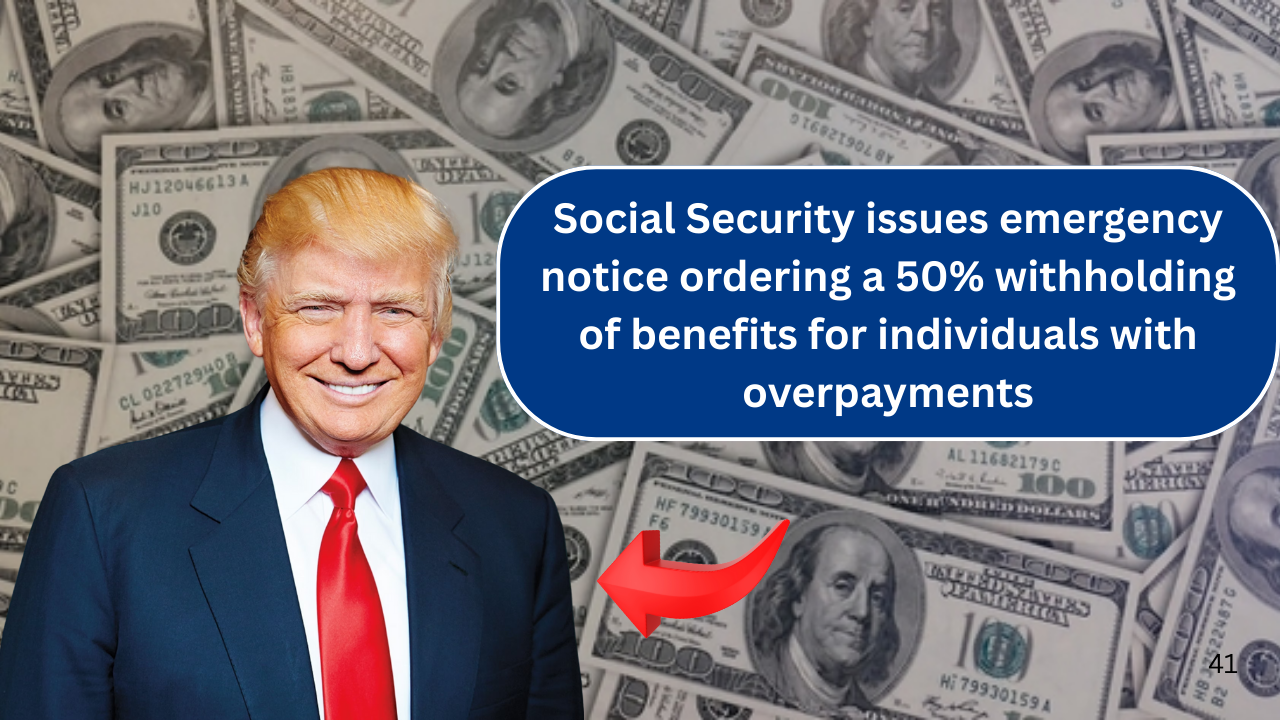In a major policy shift aimed at easing the financial burden on millions of beneficiaries, the Social Security Administration (SSA) announced last week it will now withhold only 50% of monthly benefits from recipients who were overpaid, cutting the default clawback rate in half.
The change was issued through an “emergency message” on April 25, 2025, and comes just weeks after the SSA faced a wave of public and political criticism for initially announcing it would reclaim 100% of overpaid monthly benefits starting in March.
A Response to Public Pressure
Social Security overpayments are not uncommon, often resulting from bureaucratic miscalculations or delays in updating beneficiaries’ financial or eligibility information. In such cases, the agency has the legal authority to recoup excess payments but how it does so has become a matter of national concern.
In March 2025, the SSA quietly rolled out a new rule allowing it to withhold 100% of a beneficiary’s monthly payments until the full amount of the overpayment was recovered. That decision sparked immediate backlash from lawmakers, advocacy groups, and elderly and disabled beneficiaries who said the policy was excessively harsh, especially for those already struggling to make ends meet.
Under intense scrutiny, the SSA reversed course, issuing an internal directive referred to as an “emergency message” to lower the standard withholding rate to 50% for overpayments identified on or after April 25, 2025.
What the Change Means for Recipients
The updated policy affects those receiving retirement, survivor, and disability benefits under the Old-Age, Survivors, and Disability Insurance (OASDI) programs. These individuals, if flagged for overpayment after April 25, will now face a 50% monthly deduction from their checks down from the previously imposed 100%.
For example, a retiree who receives $1,600 a month in Social Security retirement benefits and owes $4,000 due to an overpayment will now see $800 withheld each month rather than the full $1,600, extending the repayment timeline but lessening the immediate financial impact.
It’s important to note that this change does not apply to those receiving Supplemental Security Income (SSI), a need-based program. The SSA confirmed that the standard 10% withholding rate for SSI overpayments remains in place.
Full details about repayment policies and beneficiary rights can be found on the SSA’s official website on overpayments.

Beneficiaries Have Options
While the 50% rate is now the default, beneficiaries still have rights if they believe the overpayment was not their fault or they cannot afford to repay it.
According to the SSA, recipients may:
- Request a reconsideration if they believe they were not actually overpaid.
- Request a waiver if they believe the overpayment was not their fault and that paying it back would create financial hardship.
- Negotiate a different repayment plan tailored to their income and expenses.
The SSA will not attempt to recover funds while an appeal or waiver request is under review.
A System Under Scrutiny
The SSA’s handling of overpayments has faced mounting scrutiny in recent years. A 2023 investigation by KFF Health News revealed that overpayments have affected millions of Americans—many unaware they were even in violation until months or years later.
According to SSA Inspector General reports, the agency issued nearly $20 billion in overpayments in 2022 alone, much of which stemmed from administrative delays, staffing shortages, and outdated data systems.
Members of Congress have since introduced bipartisan legislation aimed at reforming how the SSA handles overpayments. Proposed changes include:
- Improved agency transparency,
- Quicker beneficiary notifications,
- And limiting recovery amounts based on a person’s income level.
Advocates Say More Work Is Needed
While the reduced withholding rate is a step forward, advocacy groups say the SSA must go further.
“Fifty percent is still a steep cut for someone who depends entirely on Social Security to live,” said David Camp, a senior analyst at the National Committee to Preserve Social Security and Medicare. “No one should be put at risk of homelessness or hunger because of an agency error.”
Camp and others are calling on the SSA to automate waivers for overpayments below a certain threshold and to hold the agency more accountable when errors originate internally.
How to Protect Yourself
To avoid or address overpayments, experts recommend the following steps:
- Report income and life changes promptly – including work income, marriage/divorce, and residency changes.
- Keep detailed records – of any communication with the SSA, including dates and names.
- Read SSA notices carefully – and respond quickly if you receive an overpayment letter.
- Seek help if needed – through local SSA offices or nonprofit legal aid organizations.
For more information, visit SSA.gov or contact your local Social Security office through the SSA Field Office Locator.
Final Thoughts
While the SSA’s new policy to withhold 50% of benefits for overpayments is a step in the right direction, it highlights the ongoing issues with the agency’s handling of overpayments. Addressing the root causes of these errors, such as outdated systems and understaffing, is crucial. Advocates stress that further reforms are needed to protect vulnerable beneficiaries from financial hardship caused by administrative mistakes.




